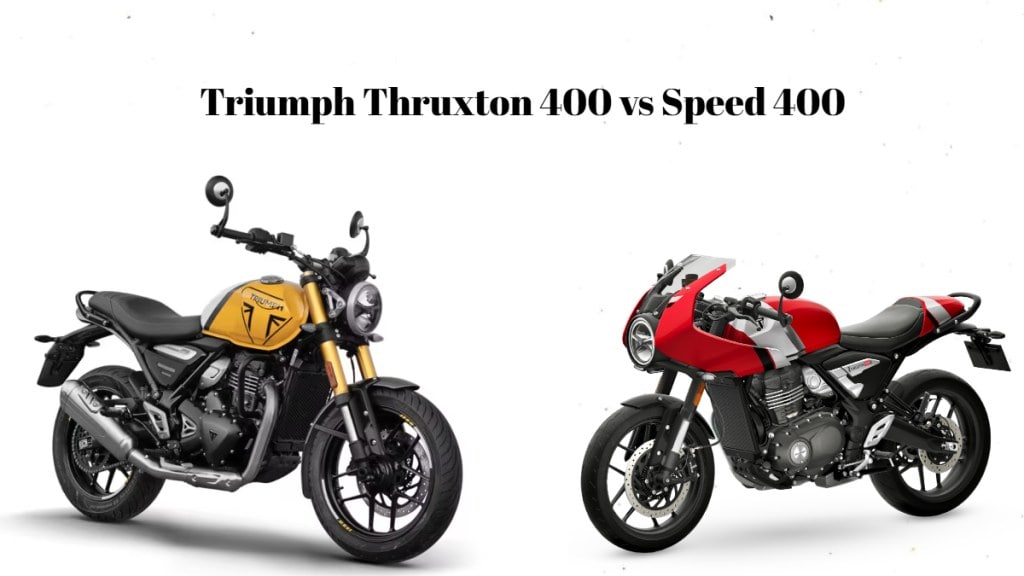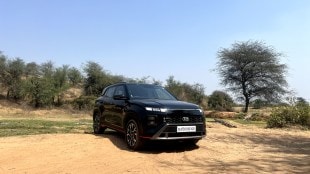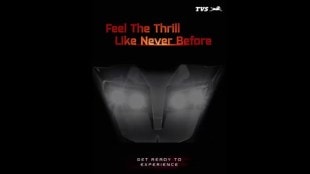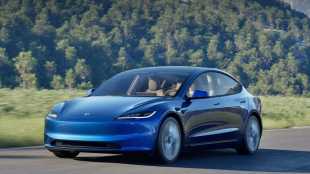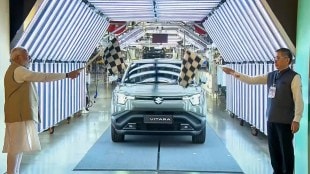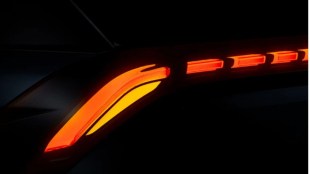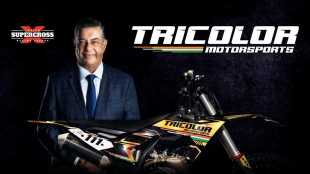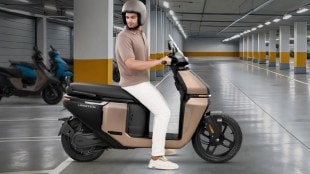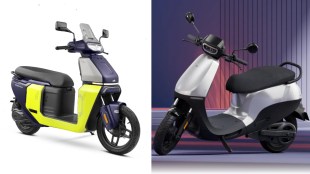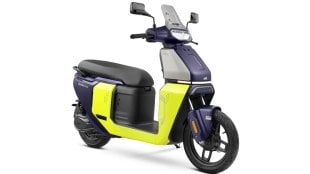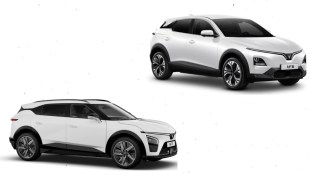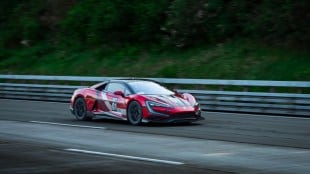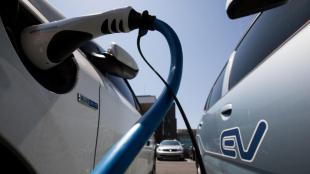Triumph launched the Thruxton 400 yesterday, the third 400cc motorcycle in the British bikemaker’s lineup in India. Prior to this, Triumph sold two 400cc models manufactured in India and built by Bajaj Auto — Speed 400 and Scrambler 400X — alongside their derivative models including Speed T4 and Scrambler 400 XC.
Although the new Thruxton shares a lot of commonality with other 400cc siblings, it is also unique in many ways. Let us look at all key differences between Thruxton 400 and Speed 400.
Triumph Thruxton 400 vs Speed 400: Design & Dimensions
Visually the Thruxton 400 looks very distinct thanks to its semi-faired fighterjet-inspired body with a flyscreen and a round headlamp nestled within the front apron, bar-end mirrors, a clip-on handlebar, and a single-seat setup with a rear cowl. Further, the fuel tank is more chiselled than the one in Speed 400, although both hold the same amount of fuel (13 litres).

Additionally, the Thruxton 400 gets a new remote brake fluid reservoir, inspired by larger European motorcycles. The Thruxton 400 also features blacked-out upside-down front forks, replacing the gold-finished unit seen on the Speed 400.
Dimensionally, Thruxton and Speed differ a little. The former offers a ground clearance of 158 mm, which is 6 mm lower than that of the Speed 400. A change in steering geometry has resulted in the wheelbase getting shorter by 10mm at 1376mm. In terms of weight, the Thruxton 400 is slightly heavier, tipping the scales at 183 kg (kerb), 4 kilos more than its counterpart.
Triumph Thruxton 400 vs Speed 400: Ergonomics & Hardware
The new clip-on handlebars are 40mm narrower and 246mm lower than those on the Speed 400, while the rear-set footpegs are positioned 86mm further back and 27mm higher. This results in a more committed riding posture in the Thruxton, as expected from a cafe racer.
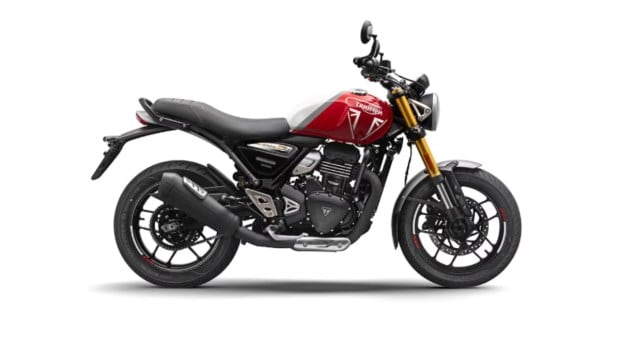
Although the main frame remains the same, the underpinnings of Thruxton have undergone several changes to suit its character. For starters, there’s a different rear sub-frame in place. Suspension duties are carried out by the same upside-down front forks and a rear mono-shock but they offer 10mm more travel on both ends in the Thruxton. Both motorcycles roll on 17-inch alloys wheels but on one hand the Speed 400 is wrapped with Vredestein rubber, the Thruxton is shod with Apollo Alpha H1. Tyre profiles are also different with Thruxton offering 110/70 front and 150/60 rear tyres, over the Speed’s 110/80 (front) and 150/70 (rear).
Triumph Thruxton 400 vs Speed 400: Powertrain
Even though both motorcycles share the exact same engine, the Thruxton 400 gets a different tuning. The torque output remains the same, but the cafe racer gets a higher power output than the roadster. Another small but impact change is a smaller rear sprocket in the Thruxton which typically increases top speed but comes at a cost of acceleration. The Thruxton breaches the 100 kmph from a standstill in 6.7 seconds, a second slower than the Speed 400.
| Specifications | Thruxton 400 | Speed 400 |
| Engine displacement | 398cc | 398cc |
| Peak Power | 41.4 bhp at 9,000 rpm | 37.5 Nm at 6,500 rpm |
| Peak torque | 37.5 Nm @ 7,500 rpm | 37.5 Nm @ 7,500 rpm |
| Transmission | 6-speed | 6-speed |
Triumph Thruxton 400 vs Speed 400: Price
| Thruxton 400 | Speed 400 | |
| Ex-showroom price | Rs 2.50 lakh | Rs 2.74 lakh |
